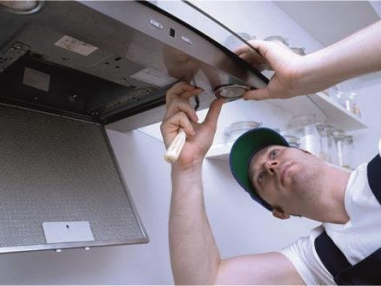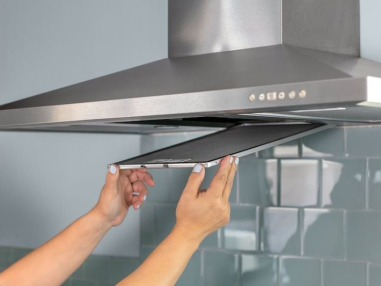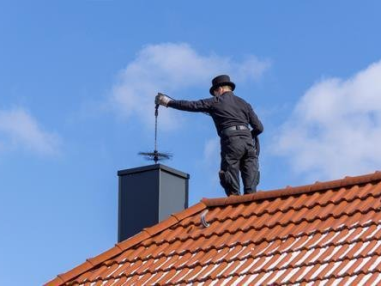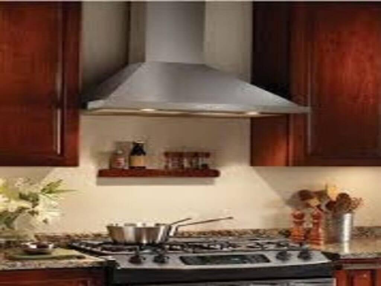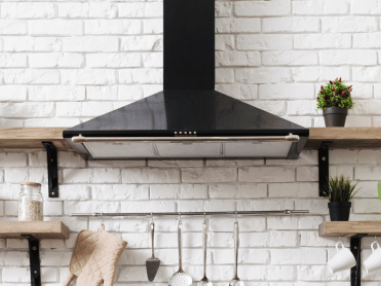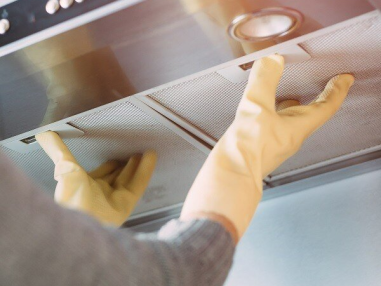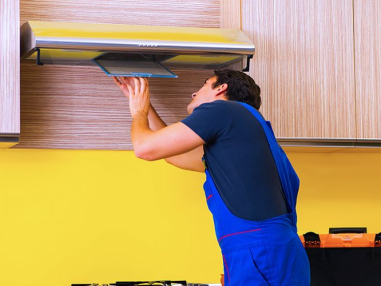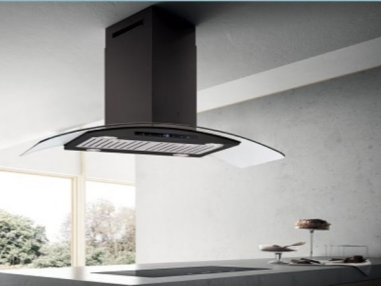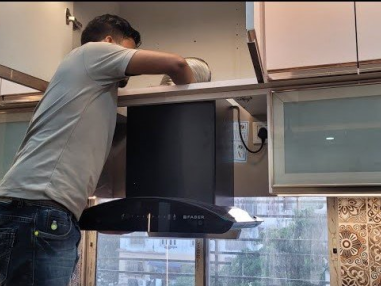Basic/Wall Mounted Chimney Dismantle
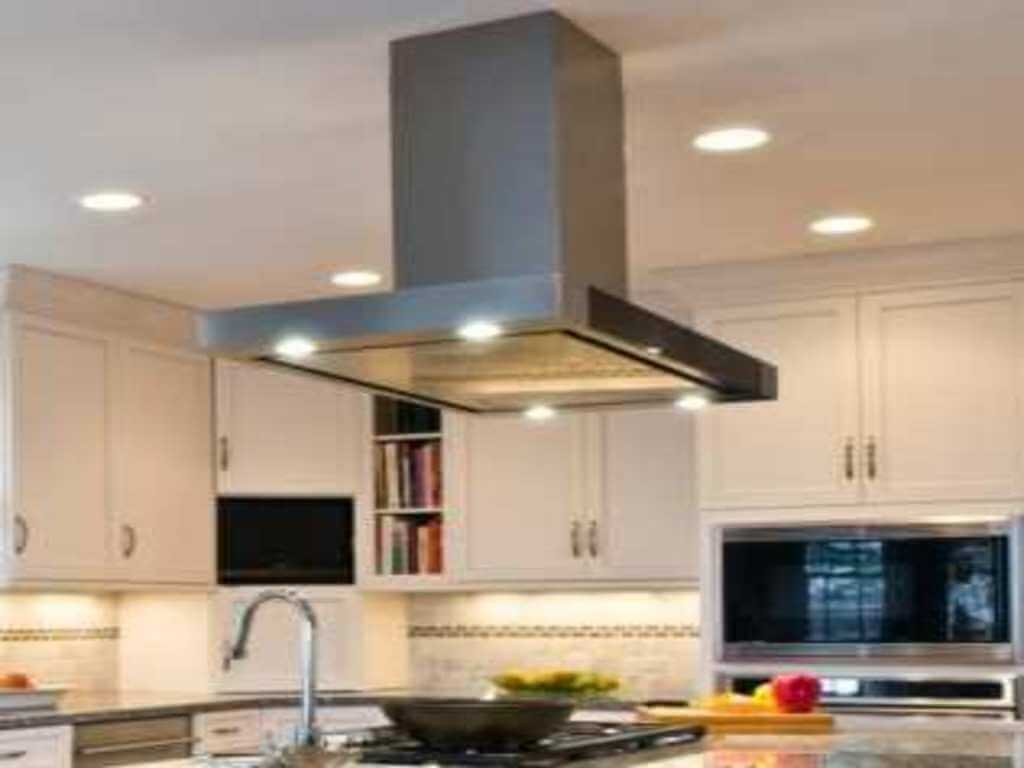
While dismantling a basic wall-mounted chimney might seem straightforward, there are safety considerations and potential complexities to keep in mind. Here's a breakdown to help you decide if you can tackle this project yourself
Suitable for Dismantle (if you have):
Moderate DIY Skills and Knowledge: You'll be working with potentially heavy components, electrical connections (depending on the model), and possibly wall fasteners.
Experience with disassembling furniture or fixtures is helpful.
Basic Tools: Screwdrivers, wrenches, socket wrench set (depending on the chimney), pliers, and a stud finder.
Shutoff Capabilities: Ability to locate and turn off the electrical breaker for the chimney circuit and shut off the water supply (if the chimney has water
features).
Steps Involved in Dismantle (General Overview):
Safety First: Turn off the electrical breaker controlling the chimney circuit. If the chimney has water features, turn off the water supply valve. Wear gloves and
safety glasses for protection.
Clear the Area: Remove any items or appliances from around the chimney to create a working space.
Identify Mounting and Electrical Connections: Locate the screws, bolts, or brackets that secure the chimney body to the wall. Look for any electrical wires or
connection points near the mounting area.
Disconnect Electrical Wires (if applicable): If your chimney has electrical components like lights or a fan, carefully disconnect the wires following the
manufacturer's instructions (unplug from the socket if possible) or consult a qualified electrician for safe disconnection. Never attempt electrical work if you're
unsure.
Dismantle the Chimney Body: Use wrenches, sockets, or screwdrivers to remove the screws, bolts, or brackets holding the chimney to the wall. Be mindful of the weight of the chimney as you detach it. It might be helpful to have someone assist you to safely lower the unit.
Disconnect Vent Pipes (if accessible): If you can safely access the connection point between the chimney's vent and the main venting system, detach them according to the chimney's manual.
Weight of the Chimney: Wall-mounted chimneys can be heavy. Ensure you have a plan to safely lower the unit and avoid damaging yourself or your surroundings.
Electrical Safety: If your chimney has electrical components, only disconnect them if you're comfortable and familiar with basic electrical work. Otherwise, consult a qualified electrician to avoid the risk of shocks or malfunctions.
Wall Repair (optional): Depending on how the chimney was mounted, removing it might leave holes or marks on the wall. You'll need to patch or repair the wall surface before repainting (if desired).
Vent System Disconnection: Extensive dismantling of the vent system, especially if it involves the roof or exterior walls, is recommended for professional chimney
sweeps. They have the expertise and safety measures to ensure proper sealing and prevent leaks after re-installation of a new vent system.
When to Call a Professional:
Complex Electrical Wiring: If the chimney has complex electrical wiring or you're unsure about safe disconnection procedures, call a qualified electrician.
Heavy Chimney or Difficulty Dismantling: If the chimney is too heavy for you to handle safely or you encounter difficulties detaching it from the wall, seek help
from a professional installer or contractor.
Extensive Vent System Removal: As mentioned earlier, leave extensive vent system dismantling, especially involving the roof or exterior walls, to a qualified chimney sweep.
